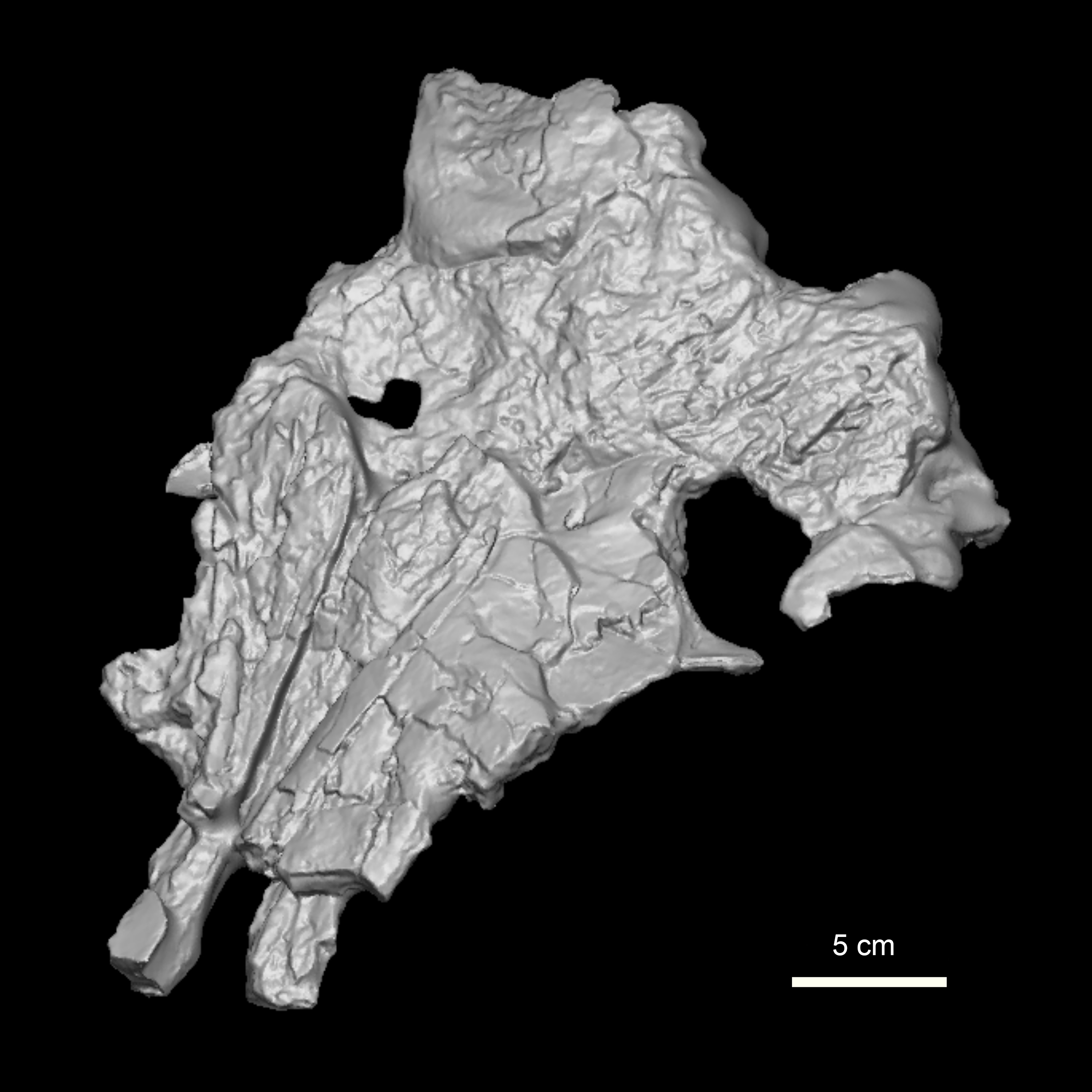NEW REMAINS OF CASATIA THERMOPHILA (CETACEA, MONODONTIDAE) FROM THE LOWER PLIOCENE MARINE VERTEBRATE-BEARING LOCALITY OF ARCILLE (TUSCANY, ITALY)
DOI:
https://doi.org/10.54103/2039-4942/15459Keywords:
Baccinello-Cinigiano Basin, Delphinoidea, Odontoceti, osteoanatomy, palaeocetology, palaeoecology, toothed whales, ZancleanAbstract
An incomplete cranium, three cervicals (including the axis) and two likely lumbars of a monodontid cetacean are here described from lower Pliocene (ca. 5.1–4.5 Ma) marine sandstones cropping out at Arcille (Grosseto Province, Tuscany, Italy). This fossil find comes from the same locality as the holotype of Casatia thermophila, which it resembles in terms of overall size and cranial morphology, and especially, by displaying a similarly depressed portion of the dorsal surface of the premaxillae anterior to the premaxillary sac fossae and medial to the anteromedial sulci. Our new find is thus assigned to C. thermophila, and significant anatomical parts that are missing in the holotype are described in order to improve the diagnosis of this monodontid species. Some dentigerous fragments of the maxillae hint at a homodont and polydont dentition, which in turn suggests a ram prey capture method that differs from the highly derived suction method that is proper of extant monodontids. This second find of C. thermophila from the warm-water Arcille palaeoenvironment lends further support to the hypothesis that monodontids once thrived in tropical and subtropical habitats.
Metrics

Downloads
Additional Files
Published
Issue
Section
License
Copyright (c) 2022 MARCO MERELLA, ALBERTO COLLARETA, VALERIO GRANATA, SIMONE CASATI, GIOVANNI BIANUCCI

This work is licensed under a Creative Commons Attribution-NonCommercial-NoDerivatives 4.0 International License.
The journal allow the author(s) to hold the copyright without restrictions.
Accepted 2021-09-16
Published 2022-02-16






